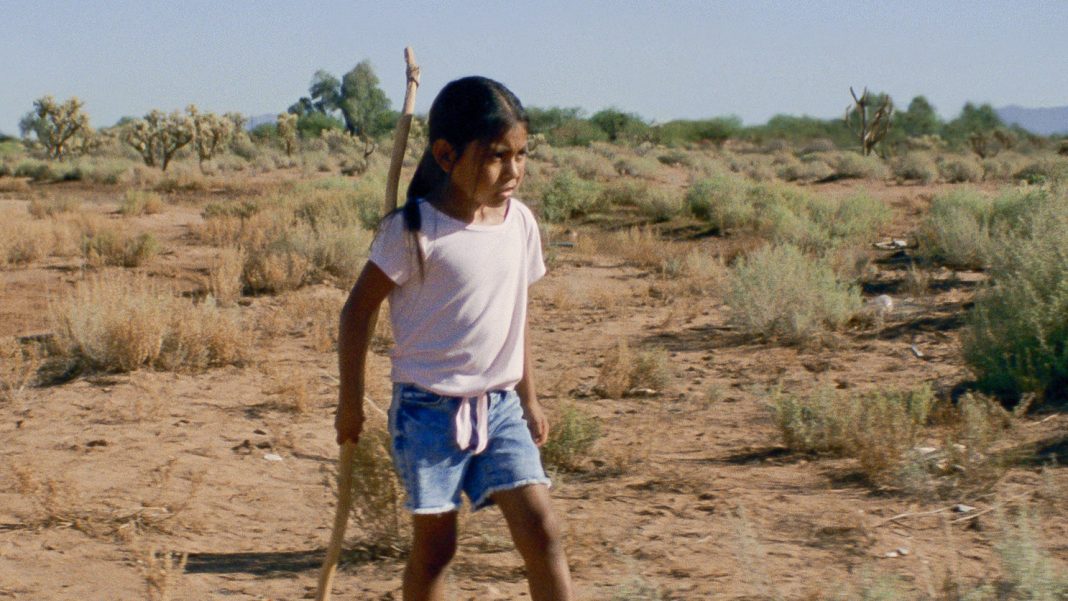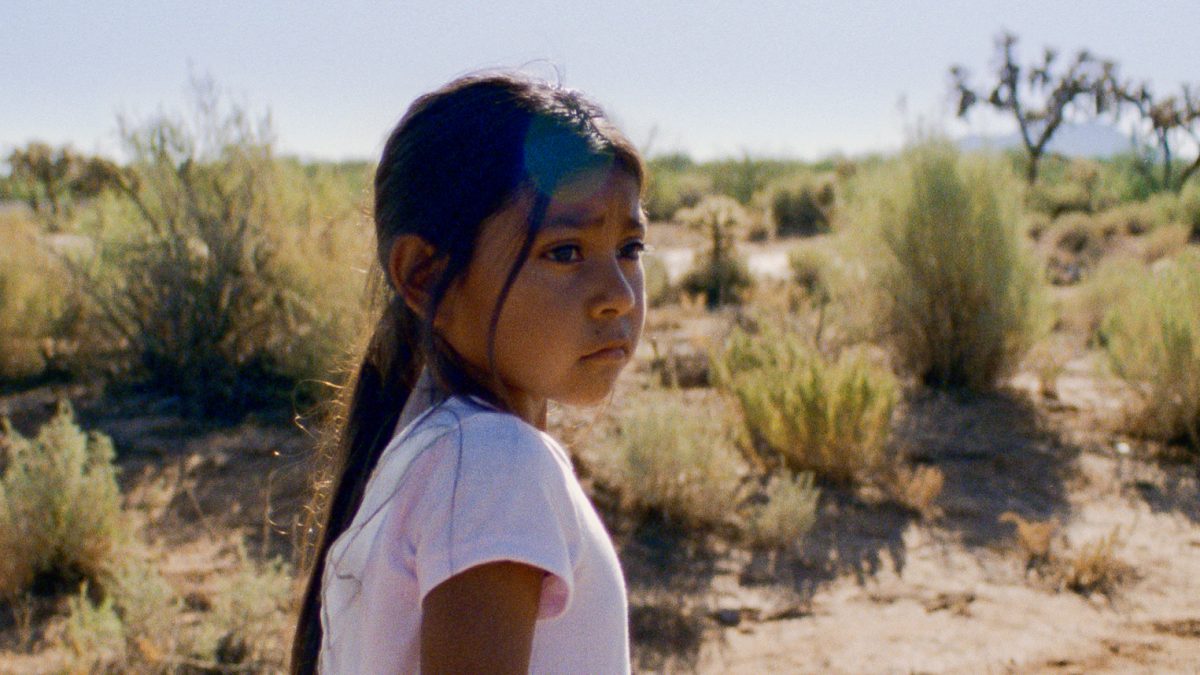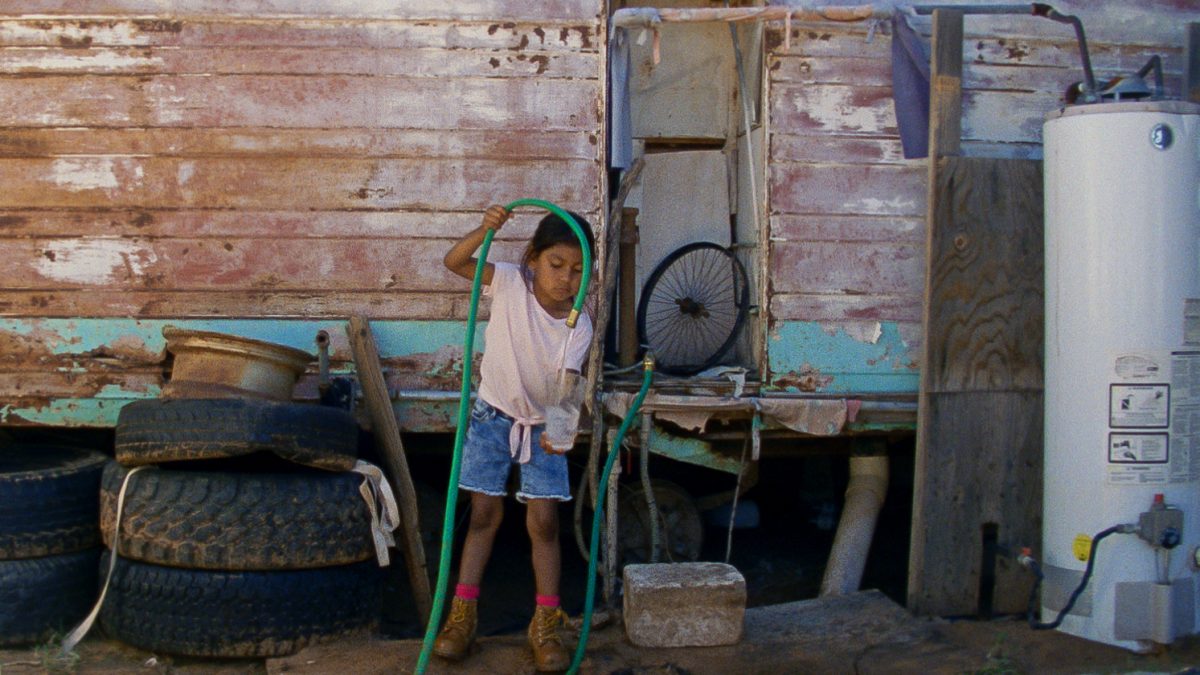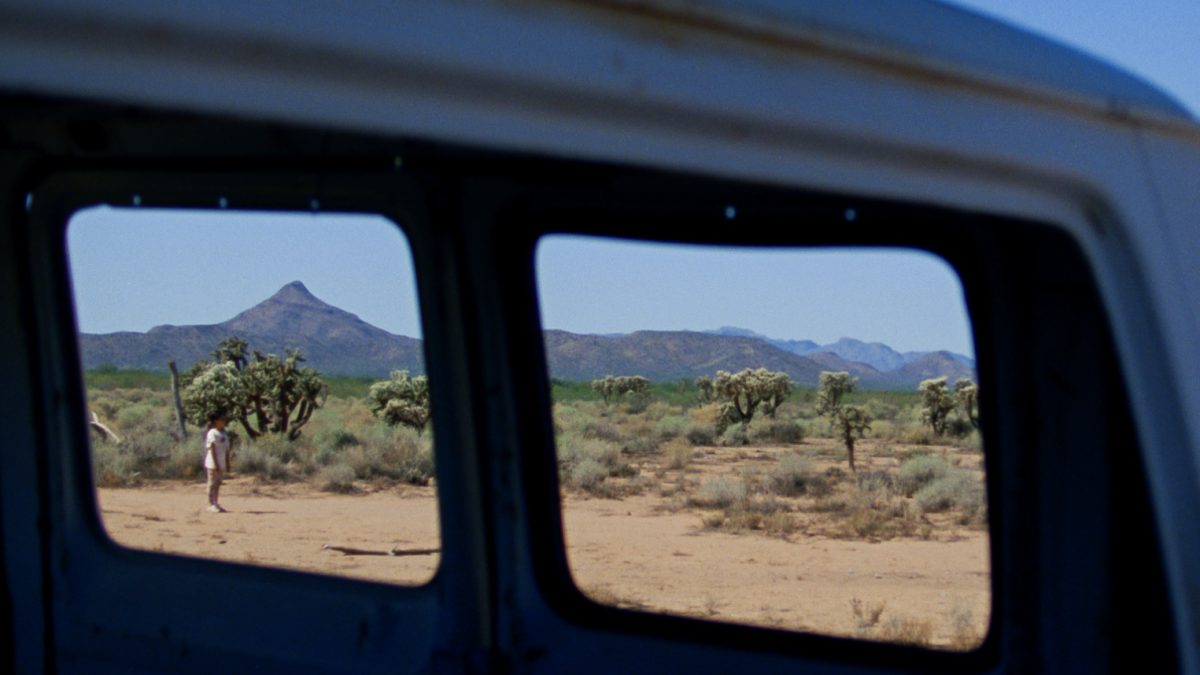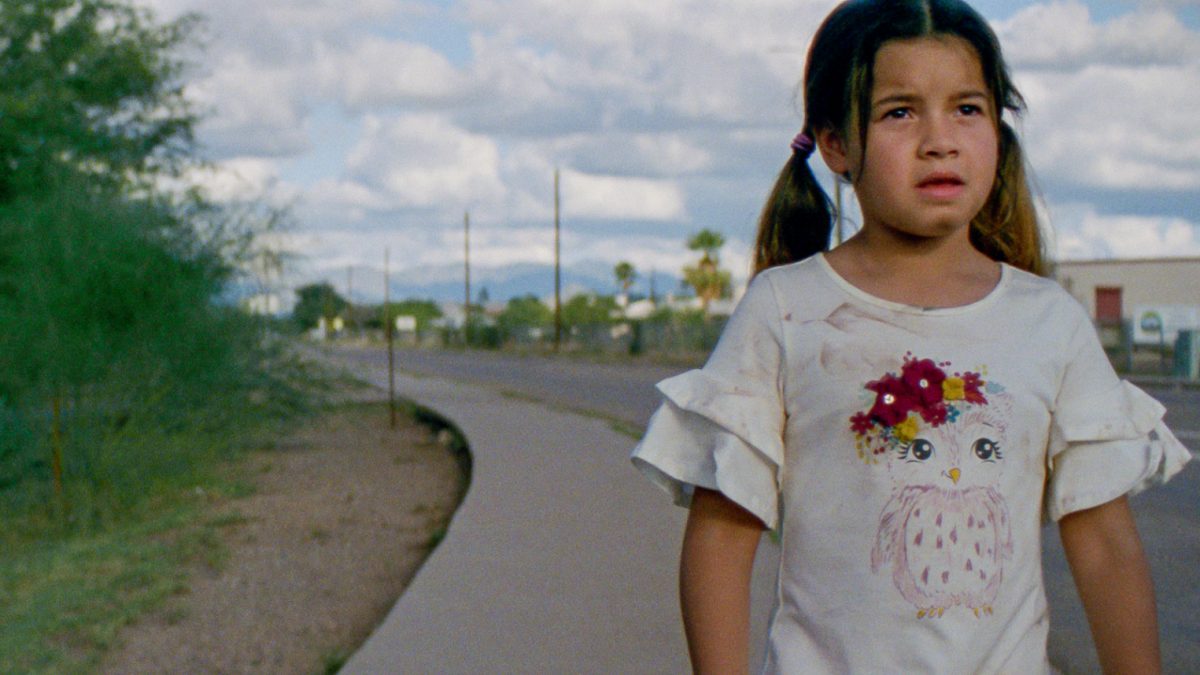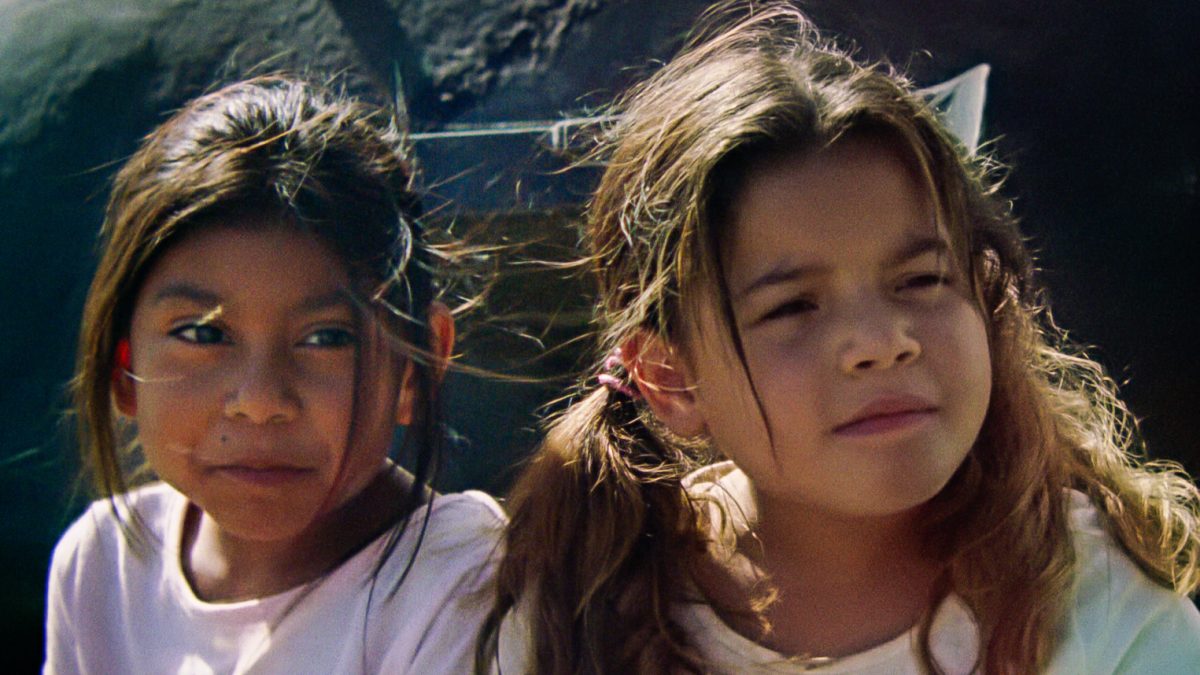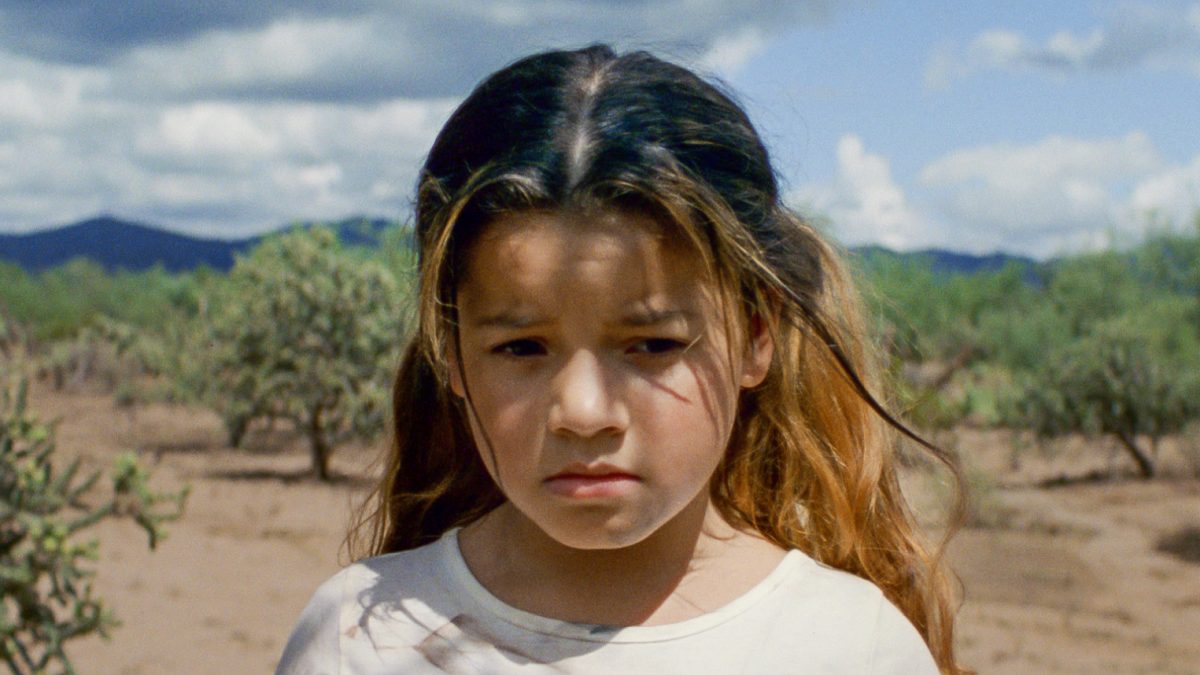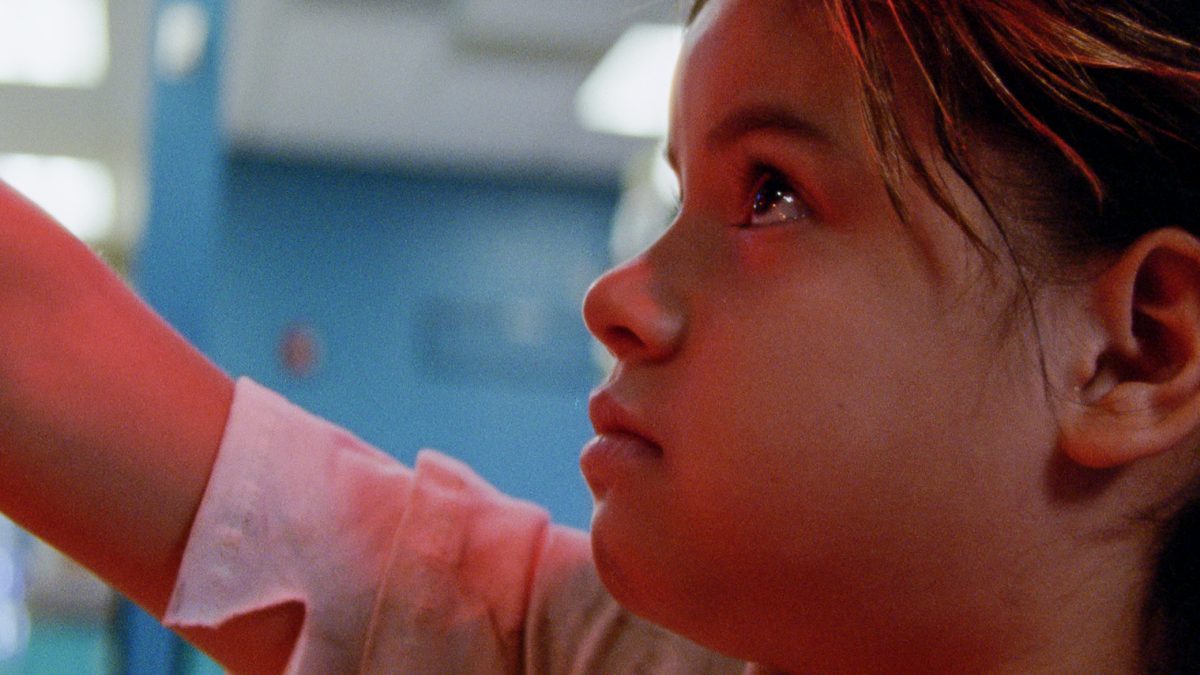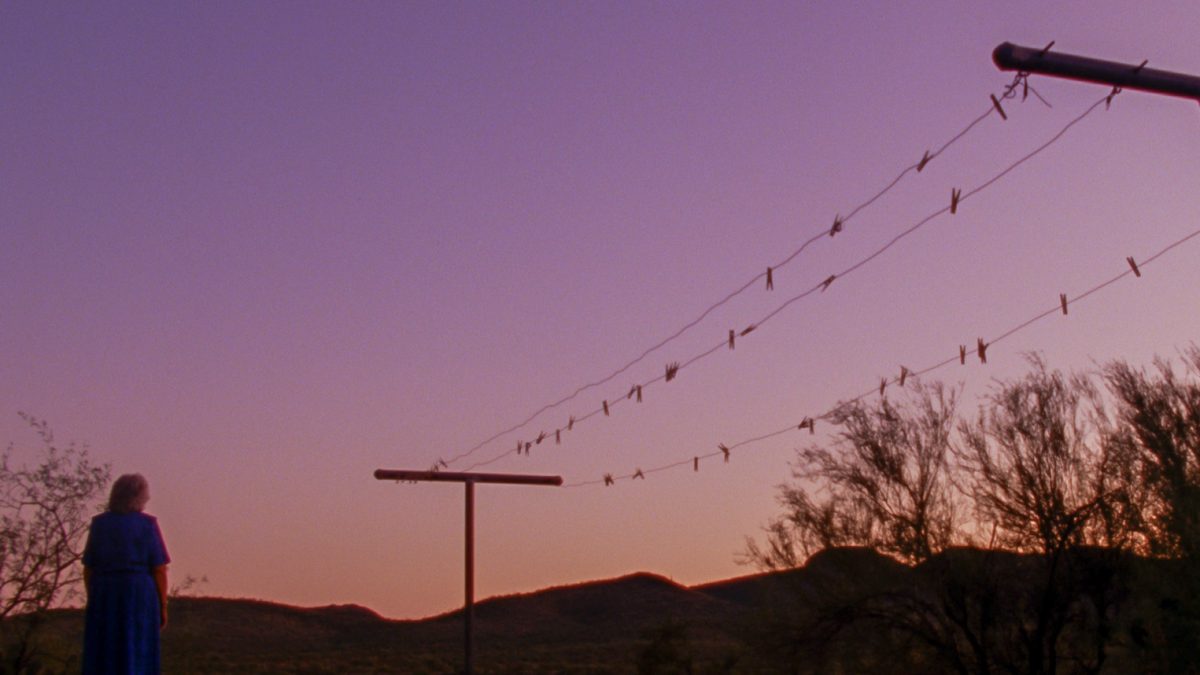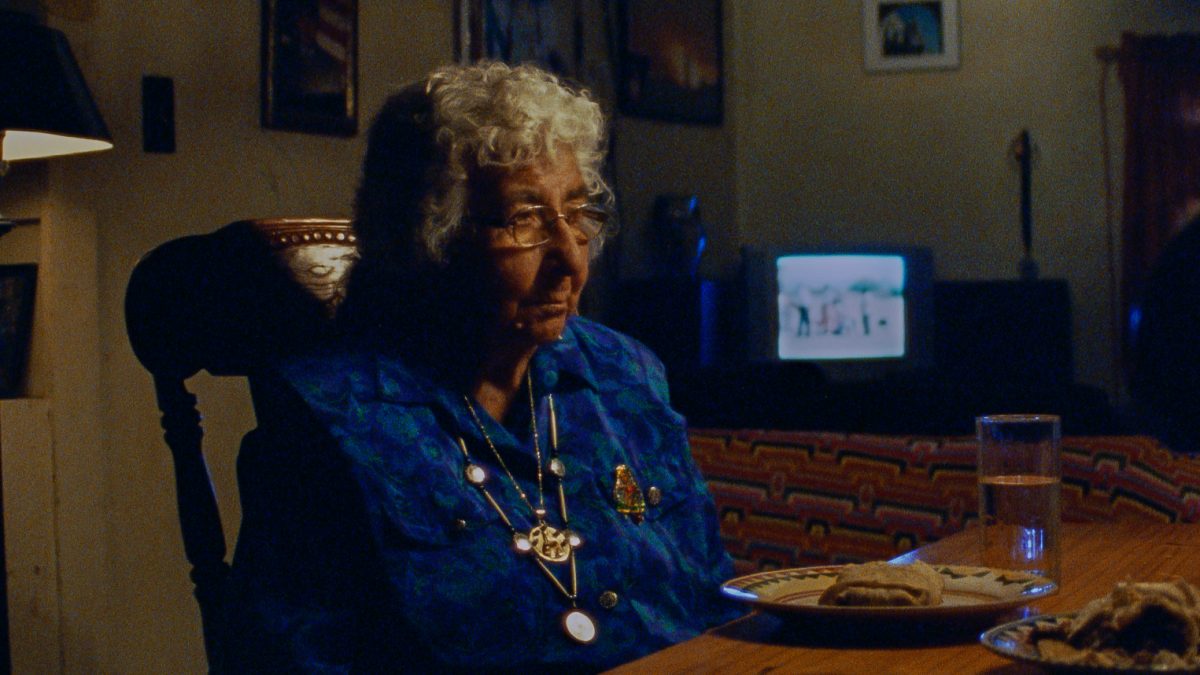Jefferson Stein reflects on the deeper meaning of life on the US-Mexican border in his dramatic rural drama BURROS.
Film And TV Now spoke with the film-maker about the short.
FILM AND TV NOW: The film explores the effect of life on the border. What was the start-off point for the script?
JEFFERSON STEIN: I grew up in Texas, and border issues were always a major point of contention. I wanted to take a look at the Mexico-US border from within the community from the point of view of those that live there and experience the effects of the complicated forces at play in daily life from a child’s perspective.
That point of view is crucial, it’s so we, as the audience, can take a step back and remember what that sense of play and wonder felt like.
FTVN: Tell us more about the Tohono O’odham Nation.
JS: The Tohono O’odham Nation is approximately the size of Connecticut and is the second largest Indigenous Nation in the United States.
Their lands are located within the Sonoran Desert of south-central Arizona and border the Mexico–United States border for 74 miles (119 km) along its southern region. The Nation spans both sides of the US-Mexico border and has members who live on both sides.
There are about 34,000 enrolled members and among many English and Spanish speakers are some who speak O’odham.
FTVN: Tell us about your cast.
JS: Our amazing cast were all first-time known actors from the Tohono O’odham Nation.
We auditioned Amaya, who plays Elsa, after her toka (an O’odham women’s sport) practice one evening. Working with the local schools, we were fortunate enough to find Zuemmy, who plays Ena, at a dual-language elementary school in Tucson.
And Virginia, who plays Gagi, was recommended to us more times than we can count. Along with singing for her church, she’s a community pillar and was instrumental in bringing Gagi—and the film, honestly—to life.
FTVN: Tell us about your production team.
JS: Our production team was a mix of producers from all over. I met Liz through the Dallas film community where I grew up, whereas Russell’s production company is based in San Diego.
They helped us cast and produce remotely while Russell was in Sells. Others were friends and people I’ve known in LA through grad school or the LA film community. As for Bear and Camillus, they’re members of the Tohono O’odham Nation. Without any one of my producers and those from the Nation, there’s no way we would have been able to make the film.
FTVN: Where specifically did you shoot, and for how long?
JS: We filmed in Sells, the capital of the Tohono O’odham Nation, 20 miles from the US-Mexico border.
It’s a small town with a bright green tank on the side of the main street, beautiful pastel-colored buildings, and cows that like to sit on the steps of the Indian Oasis Elementary School across from the Sells Recreation Center where women play toka. We also filmed in the surrounding areas and in the districts of Pisinimo and in the town of Why.
FTVN: Who and what are your key cinematic influences?
JS: I’m inspired by the visual DNA of Yasujirō Ozu, Bi Gan, and Qiu Yang. Especially stories set in small towns that feature long takes, giving a natural, sometimes overwhelming sense of stillness.
It’s beautiful, but there’s always that lingering tension beneath the surface. I try to mix my love of transcendental cinema with other heroes of mine like Stanley Kubrick and Paul Thomas Anderson to make something fresh and different.
I’m also drawn to visual art and the impact a single picture can have. I love Rothko and how his style evolved over time into what is considered his signature style and the progression and weird turns it took to get there. But my favorite is Monet’s series of Haystacks.
FTVN: Would you like to expand on the issues and themes explored in this film into a feature idea?
JS: I would love to! I’ve written a script called WHERE THE SUN MEETS MAGDALENA, which does exactly that. The Sells community is so vibrant, and the issues are complex and require so much nuance and understanding—there’s only so much that can be communicated in a short.
The feature is set in this same world, but set about twenty years ago, just after 9/11, with some new characters.
FTVN What issues and themes would you like to explore in future work?
JS: The feature, as I’ve mentioned, is about the same community in Sells, but beyond that, I have no idea. That’s a bit of an exaggeration, of course, I always think I have the same thematic questions swirling in my work, but I’m not quite ready to let this story go just yet.
FTVN: Are there plans to show this film to Congress to highlight the plight of those who try and cross the border?
JS: That’s a great idea. I’d love for people in those leadership positions to hear this story.
FTVN: What’s next for you?
JS: Next is making my first feature, WHERE THE SUN MEETS MAGDALENA.
FTVN: How has the festival circuit helped your film?
JS: It’s been instrumental. Not only have I been able to meet so many audiences and share this film, but the festivals and the people who run them have been so supportive of the film after it’s played and opened the doors to otherwise out-of-reach opportunities.
FTVN: Finally, what are you most proud of about this short?
JS: I’m so unbelievably proud of the team and what we were able to accomplish out in the desert and, of course, our cast, all of whom put so much trust in me. That trust has been invaluable and probably the most precious resource to the film.
It’s how BURROS came to exist. When we showed it to the community a few months back, the feeling of sharing what we made together was unlike anything I’ve experienced before. It’s indescribable how special that was.
For more on the film, please go to:


